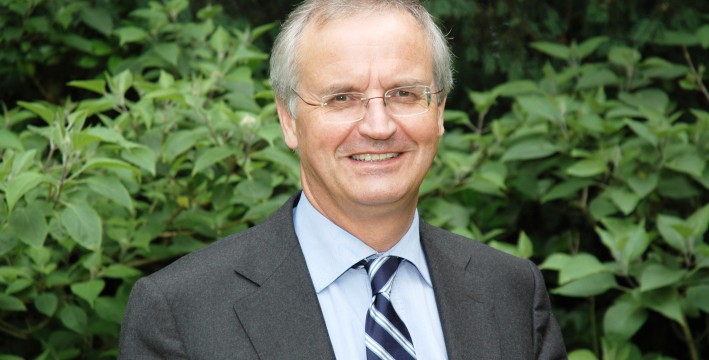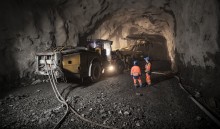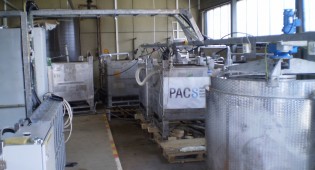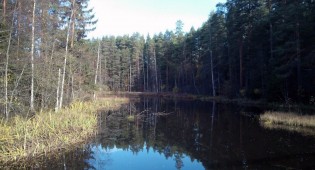 Presfoto's Lambert Van Nistelrooij. Van Nistelrooij is a Member of the European Parliament and the Chair of the Knowledge4Innovation Forum of the European Parliament Governing Board.
Presfoto's Lambert Van Nistelrooij. Van Nistelrooij is a Member of the European Parliament and the Chair of the Knowledge4Innovation Forum of the European Parliament Governing Board.Smart specialisation brings structural change towards knowledge, innovation and creativity-driven growth
Member of the European Parliament Lambert van Nistelrooij is the Rapporteur of the Structural Funds 2014-2020. He argues that Europe is in a hurry in boosting innovation. The Smart Specialisation Strategy – bringing together research, innovation and education – is now a requirement to receive EU money from the European Regional Development Fund.
Mr. van Nistelrooij, European Union introduces new policy concerning innovation. What are the main instruments to promote innovation in the European Union in 2014-2020?
The main instruments are the European Structural and Investment Funds and Horizon 2020. The European Structural and Investment Funds (ESIF) deliver a major investment in times of the economic crisis. The EU has 325 billion Euros available for the 28 member states to innovate, invest and combat unemployment. It represents roughly a third of the EU budget. The European Parliament as co-legislator boosted the Smart Specialisation Strategy. The member states had to be convinced for this new way of cooperation in the European Union. As from 2014, regions in the EU can spend up to 15% of their EU budgets on cross-border cooperation with their partners in the Smart Specialisation.
The Parliament managed to include several crucial aspects in the regulation. Projects that support regional R&I players to participate in Horizon 2020 (”stairways to excellence”) will be funded either through Horizon 2020 or with the ESIF funds.
Smart Specialisation Strategies are to be launched in the regions. What are Smart Specialisation Strategies? What is the connection of these strategies to the allocation of the Structural Funds for 2014-2020?
One way forward is to stimulate investments in sectors in which regions have a competitive advantage to provide for jobs in the region. This effect will be further strengthened if local authorities, research / education institutes and business work closely together. The European Parliament advocated the Smart Specialisation Strategy, which is a clear-cut break with previous EU strategies. It is now a requirement to receive EU money from the European Regional Development Fund (ERDF).
One significant aspect that makes a regional research and innovation strategy SMART, is the process itself. Smart Specialisation brings diversification, structural change towards knowledge, innovation and creativity-driven growth. The first drafts for these strategies were sent to Brussels during summer. The projects will run from 1 January 2014. No time to loose. Europe is in a hurry.
How do you see the role of Finnish University of Applied Sciences in making innovation happen in the regions and in the European Union context? Can you give a few concrete examples?
This strategy will help to stimulate cooperation between similar projects throughout Europe. In this approach expertise will be shared and the competitiveness will be fostered. In the Smart Specialisation Strategy, research, innovation and education go hand in hand. A leading example is the Marie Curie programme. Grants paid to researchers allow them to gain experience in different European countries and working in several regional projects.









